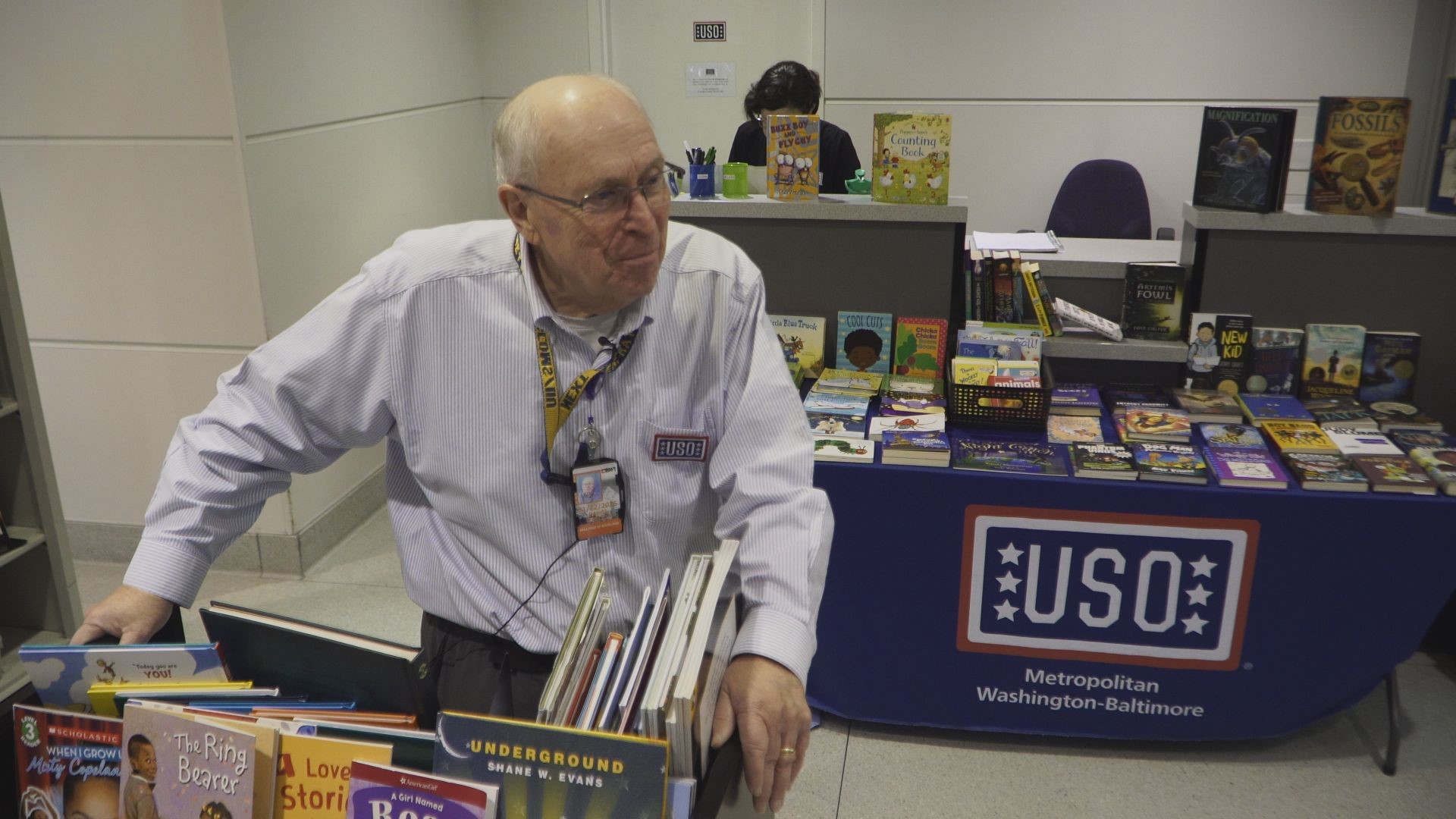Lindsey Hoggle has never stopped looking for her missing granddaughter, Sarah. She baked cookies with her and her grandson, Jacob.
"You're constantly listening for children, turning your head, watching people," Lindsey Hoggle said.
About three years ago, Sarah and her brother, Jacob Hoggle, went missing. They were three- and two-years-old at the time.
Their father, Troy Turner, made the initial report to Montgomery County police.
The Hoggle children were last seen with their mother, Catherine. She says the children are safe, but she will not tell police where they are. Catherine has a history of mental illness.
Family, police and teams of friends exhaustively combed through Montgomery County, Maryland neighborhoods, roadsides and trails. Everyone kept hope alive on finding the children with the big smiles.
Detectives believe Catherine is responsible for their disappearance. The 30-year-old mother has been charged with abduction and neglect but has not been convicted of a crime. She is now being treated in a state mental hospital.
Catherine's mother, Lindsey Hoggle, stays vigilant in the search for the children.
"We need to move to the next step and say, 'What are we looking for? Who are we looking for? And, what are they going to look like if we find them.'," she said.
Years after they went missing, Sarah and Jacob would look older now.
Age-progression technology predicts what a person may look like after years of going missing.
The National Center for Missing and Exploited Children (NCMEC) produces the photos for their missing children database.
So Lindsey Hoggle sifted through family albums. She looked for the best photos of her daughter around age 4 and 6 to send to NCMEC.
Colin McNally, the NCMEC forensic artist, uses those original prints to update their missing posters.
"We have an older sibling to work from when creating the age progression for the younger sibling," said McNally. "So, I can look at Jacob, his photo, and compare it to Sarah, and see how he looked when he was four years old."
Take a look at the age-progression photo gallery. If you have information, call 1-800-The-Lost.
McNally also explains how he uses the older sister's face as reference for how Jacob may look as he ages.
"We're using Sarah's mouth as a reference point for how large to make Jacob's mouth," he said.
McNally will pair them with photographs of the children's biological parents. Family snapshots are additional tools to draw out the common characteristics they all share. The artist pays close attention to details of the head and face.
"You need characteristics like the father's curly hair. I see that in Jacob's original photo. I'm going to keep that. They both sort of share the father's nose. So, I'll make sure to maintain that uniqueness. They both share characteristics, the eyelids, similar to the mom's. The pattern in his ear is unique like a fingerprint. Once we get the face stretched to the approximate growth from 4 to 6, we'll then go in to add those mature features," said the forensic artist.
McNally lets science and genetics guide him. He follows the general principles of how a child's face grows and develops over time. The artist works through dozens of layers to create most of his age advancement renderings. He adds slight shadows, more definition and blending colors to match skin tone.
"There's no real step-by-step process for the way that we do an age progression because every case is so unique, every child's face is so unique," he said.
Slowly, he transforms what a 6-year-old Sarah and a 4-year-old Jacob might look like now.
"We want to make sure this is accurate, because this isn't meant to be like a portrait or a nice picture of a face. This is a tool for law enforcement to assist in the investigation, and we want this child to be recognizable," said McNally.
"We never give up hope back here that these age progressions could prove to be successful," he added.
Grandmother Lindsey Hoggle agrees saying, "I feel like it's something that we have to focus on because I still believe that Sarah and Jacob are out there."
NCMEC creates new versions of the age progression posters of missing children every two years. Once a missing child turns 18 years old, the age progressions are done every five years.
The special forensic unit has done more than 6,000 age-progression renderings since 1999. Because of the work, about 1300 children have been reunited with their families.
Elizabeth Jia contributed to this story.



